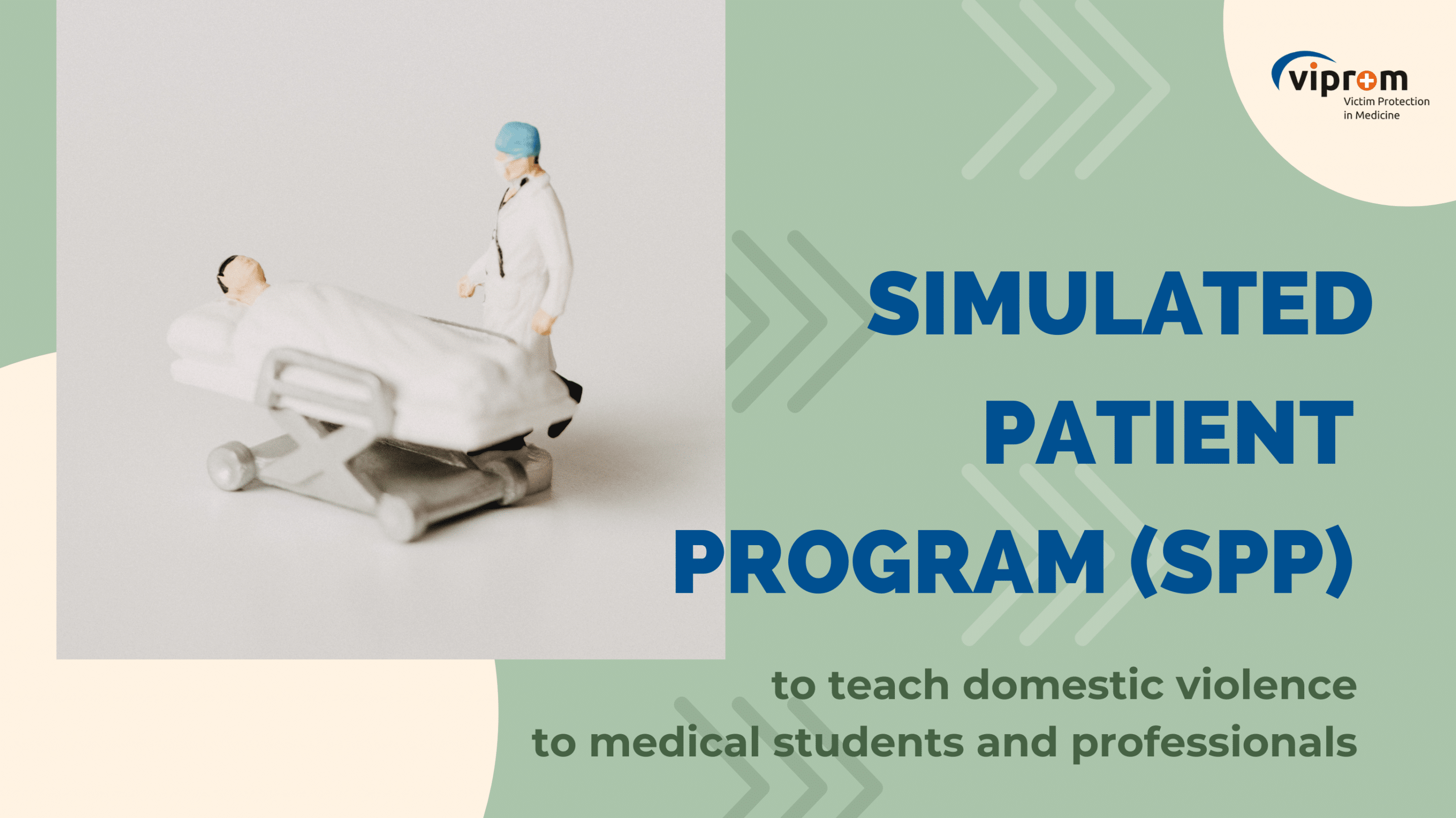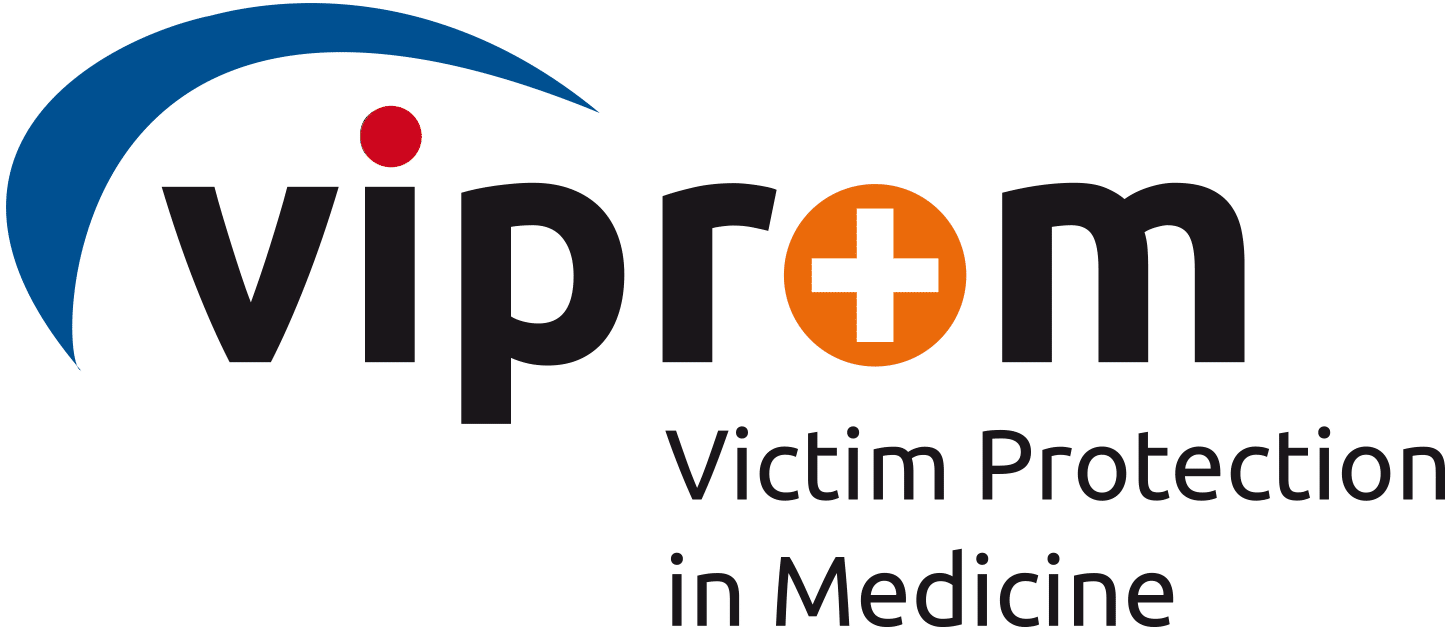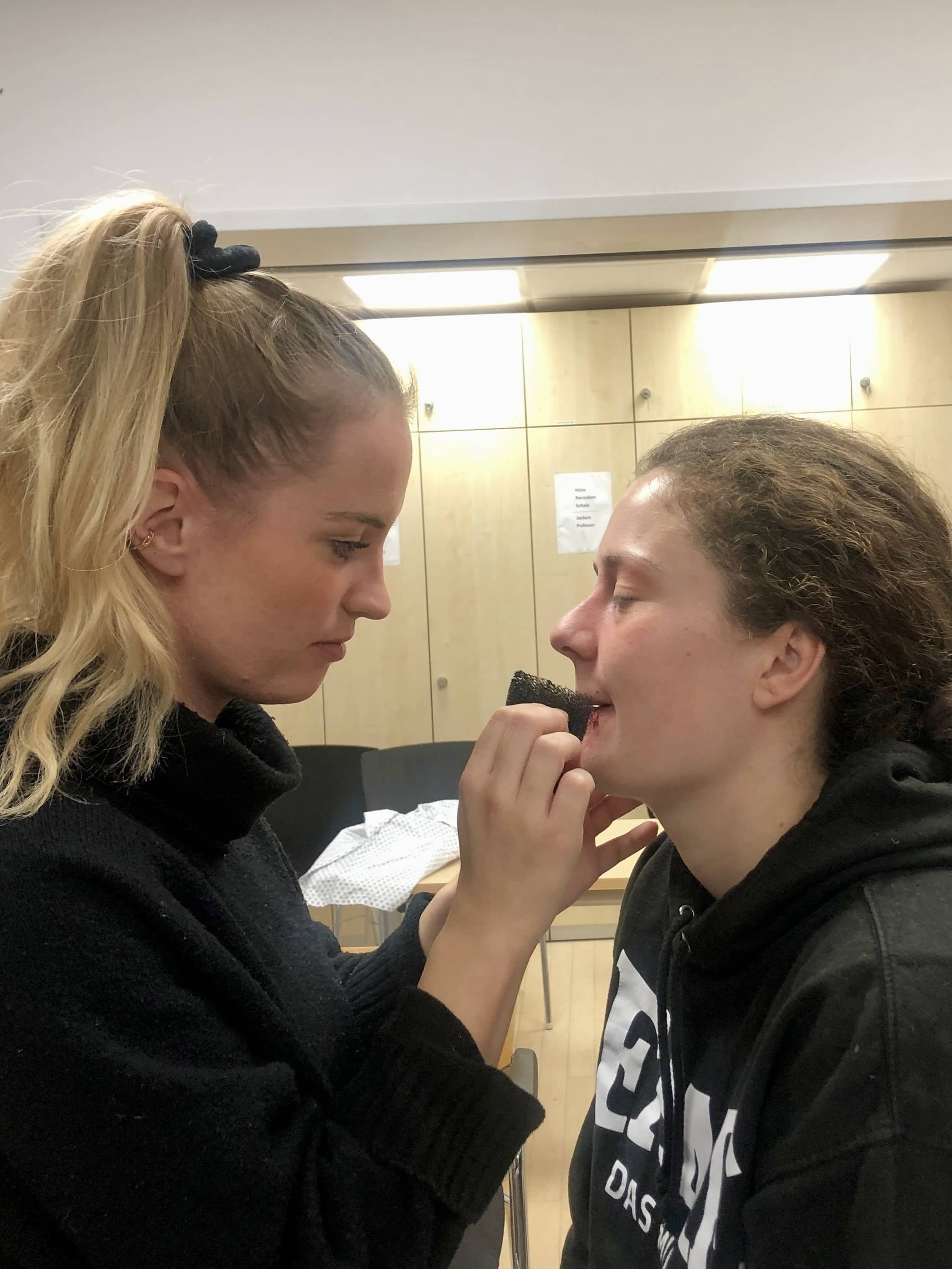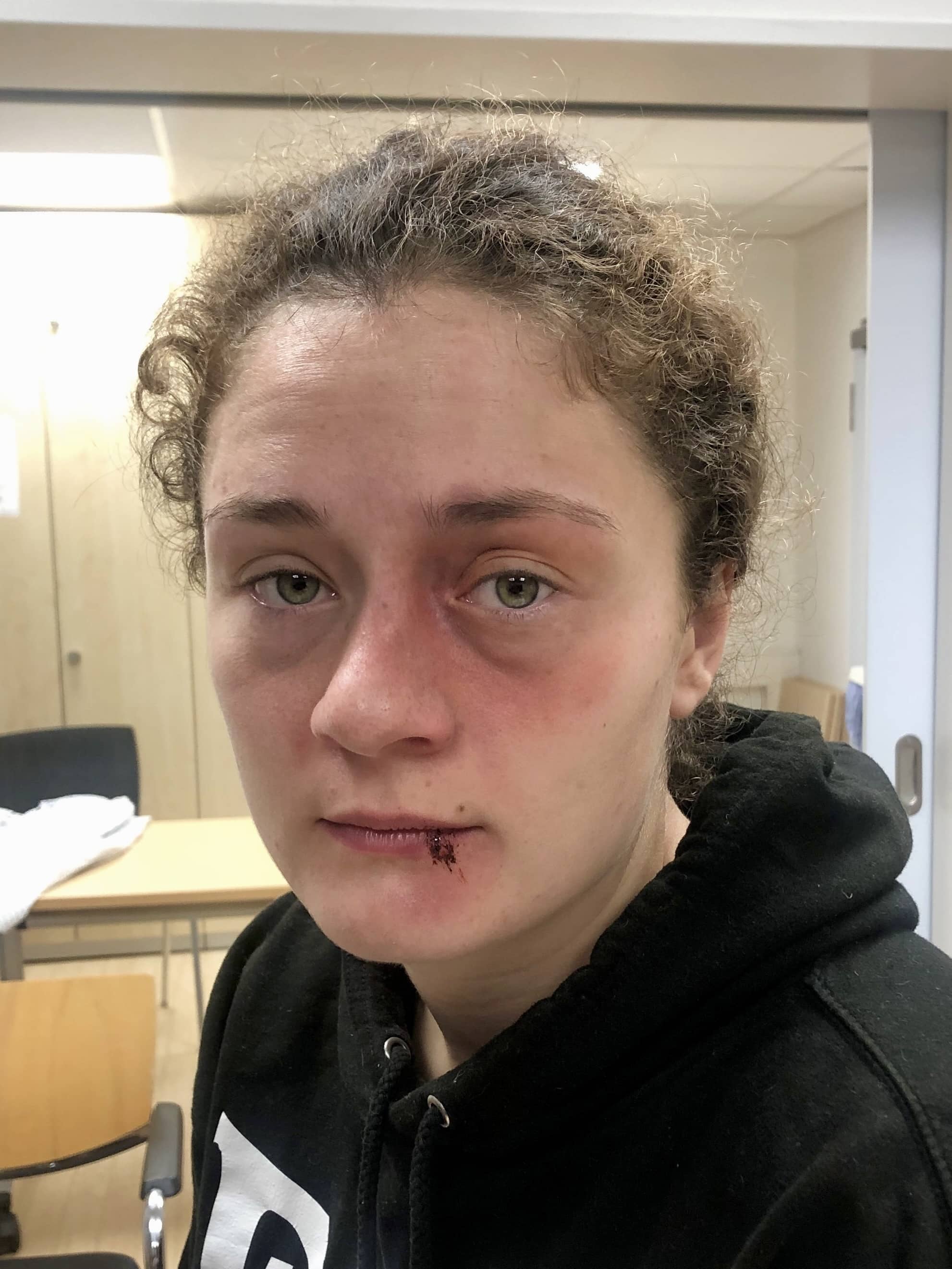
Image by Annie Spratt on Unsplash
“…I wondered if it was a simulated injury or actress´s reality…”
(medical student after the parcours assessment in surgery)
SPP is an innovative educational approach used in medical training. It involves the use of actors who are trained to portray specific medical scenarios and patient profiles realistically. These actors, known as simulated patients (SP), simulate a wide range of medical conditions, symptoms, and behaviours, offering medical students an opportunity to enhance their clinical skills, communication, and empathy. It is therefore quite beneficial to incorporate SPPs into a curriculum for medical students when teaching domestic violence (DV):
- Realistic Scenarios: Simulated patients can accurately portray victims of DV, presenting various emotional and physical signs. This enables to learn how to identify and handle potential cases of DV in a safe and controlled environment.
- Develop trauma-sensitive communication skills
- Non-Judgmental Environment: SPPs provides a non-judgmental space for students to practice their skills without fear of making mistakes or causing harm. This fosters an atmosphere of learning, ensuring that medical students feel more confident when dealing with sensitive issues such as DV.
We started to use simulation patients portraying DV victims during a surgical assessment at our medical faculty of the University of Münster (Germany) last year.
HOW TO PREPARE AND TRAIN SIMULATION PATIENTS TO DOMESTIC VIOLENCE SCENES AND ROLES?
I. Working as a simulation patient can be challenging
Particularly, emotionally demanding roles such as simulating being a domestic violence (DV) victim may have negative impact on SPs well-being and mental health. (1) Therefore, many SP programs like ours implemented at the Münster medical faculty of the University of Münster in Germany work according to guidelines to protect our SPs. (2)
According to these guidelines, it was most important to include only professional actresses and actors without any personal history of domestic violence from a pool of 150 simulation patients in our DV simulation training. The general pre-condition of no personal association to the disease or situation which the simulations patients present to the medical students constitutes an important rule for emotional work on different objectives. This is a prerequisite to protect the actor or actresses from a possible trigger of personal experiences within the simulation and to ensure the quality of the simulation with regard to the learning objective. In Münster, four actresses and one male actor formally consented to play the role of a victim of domestic violence after undergoing in-depth interviews.
II. Training for the role as DV victim in the simulation
As part of the training, the simulation patient trainers and specialist representatives provided them with background information on domestic violence, the related indicators and how it was dealt with during medical examinations. With the help of a standardized role biography, the actors were able to immerge themselves in the role. The way in which medical students may e.g. respond to a possible confrontation with domestic violence was also defined in the role description. In this setting, we decided that the actors should not go into further detail about domestic violence, but would play it down by giving false reasons for the injuries. Since our goal was to find out whether the students will perceive the characteristics and dare to address them, such a reaction was sufficient in this case. For other learning objectives, which focus more on how to deal with domestic violence, the actors’ reactions can be adjusted.
III. How to create “fake” injuries of our SPs
There is a wide range of online instructions and simple techniques available for creating “fake injuries” (3). In Münster, a German article on makeup techniques for creating injuries typical of domestic violence was referenced. A make-up artist gave a hands-on workshop on how to create injuries based on different background stories at different stages and on different parts of the body. On the day of the simulation, the actors and actresses were made-up according to these instructions and, if necessary, make-up was reapplied during the day. To ensure high quality and to protect the actors in the simulation, the scenes were observed by simulation patient trainers and discussed with the actors afterwards.
IV. Inclusion of SPs in teaching of medical students
The scene chosen to use SPs as DV victims was a ward round with one patient post-operatively. It is the first morning after surgical appendectomy and the patient presents obviously facial injuries of different stage or age. The aim is to simulate medico-legal findings which should be communicated with the patient within the medical education of students. Our pilot project will undergo evaluation, aiming to assess whether our students are addressing facial injuries. If they do not, we intend to explore the reasons behind their decision.
VIPROM will include simulated patients into their curricula and we are looking forward to our first evaluation results!
MORE INFORMATION ON DOMESTIC VIOLENCE
If you are interested to learn more about domestic violence in the health sector, please visit our European training platform on domestic violence.
REFERENCES
(1) Bokken et al.: The impact of simulation on people who act as simulated patents: a focus group study. In ASME Medical Education v. 40, issue 8, August 2006: https://asmepublications.onlinelibrary.wiley.com/doi/full/10.1111/j.1365-2929.2006.02529.x
(2) Sommer et al.: Simulated patients in medical education – a survey on the current status in Germany, Austria and Switzerland. GMS J MED Educ 2019; 36(3): Doc27. https://www.egms.de/static/en/journals/zma/2019-36/zma001235.shtml)
(3) Kono, NM, Stockhausen, S, Giannoulaki, M, et al. Fotodokumentation von Verletzungen: rechtssicher ohne Rechtsmedizin? Rechtsmedizin 2023; 33:198-205 https://link.springer.com/article/10.1007/s00194-022-00614-9 https://www.who.int/news/item/09-03-2021-devastatingly-pervasive-1-in-3-women-globally-experience-violence
ABOUT THE AUTHORS
Eva Schönefeld, MD, PhD
Background: Study course in Medicine at Ruhr-University of Bochum (D)
Positions: Surgeon, medical teacher, trainer of medical didactics, psychological supervisor, groupdynamic leader and consultant
Particularly, emotionally demanding roles such as simulating being a domestic violence (DV) victim may have negative impact on SPs well-being and mental health. Therefore, many SP programs like ours implemented at the Münster medical faculty of the University of Münster in Germany work according to guidelines to protect our SPs.
Dr. Jan Siebenbrock
Background: Study course in Theatre Pedagogy at the University of Applied Sciences Osnabrück and the Friedrich-Alexander-University of Erlangen-Nuremberg
Position: Head of the simulated patient program in Münster
Theresia Lobe-Furth
Background: Study course in Theatre Pedagogy at the University of Applied Sciences Osnabrück
Position: Simulated patients trainer in Münster
 This project has received co-funding from the European Union’s CERV-2022-DAPHNE programme under grant agreement No. 101095828.
This project has received co-funding from the European Union’s CERV-2022-DAPHNE programme under grant agreement No. 101095828.
Newsletter
Please subscribe here for the VIPROM newsletter:






